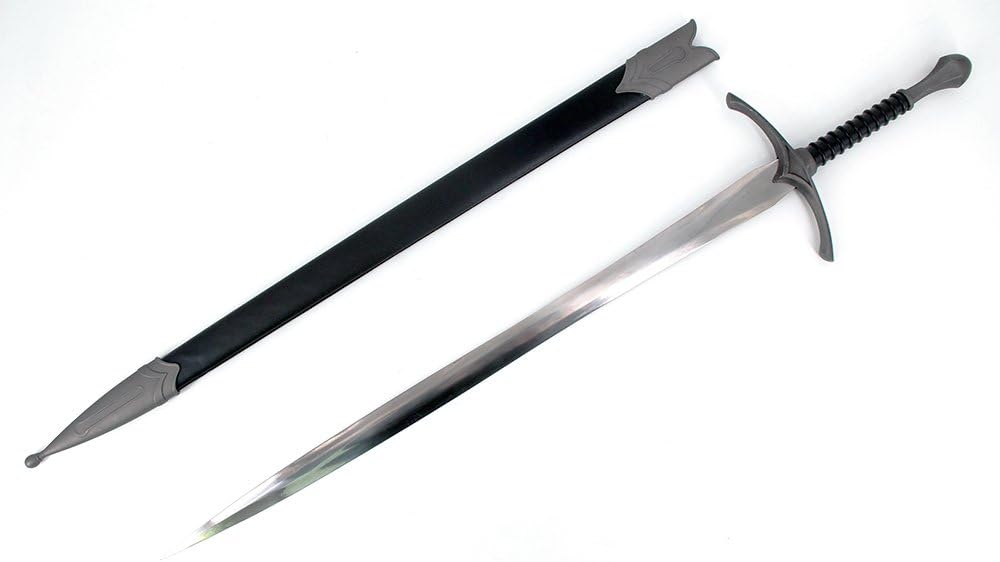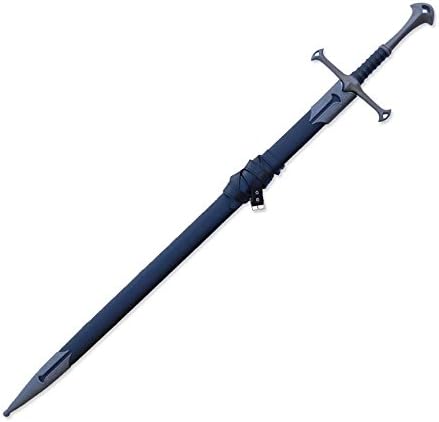~ Medieval Arming Sword ~
Arming Sword (a.k.a Knightly Sword, Single-handed Sword)
What it is:
-
The classic one-handed straight, double-edged sword with a cruciform (cross) guard and pommel, used roughly from ~1000 to 1400-1500.
-
Blade ~70-80 cm (28-31 in) long in many cases, with overall sword length somewhat longer with hilt.
-
Weight typically ~1.0-1.5 kg (2-3 lbs) though can vary depending on rigidity, length, and cross section.
Design & evolution:
-
Early arming swords were made for cutting, slashing: broader blades, fuller (grooves) to reduce weight but maintain strength.
-
As armour (mail → plated) got better, the swords evolved: more taper toward the point, stiffer cross-section (diamond or flattened diamond) so the sword would thrust more effectively.
Usage:
-
One hand + shield or buckler was standard, allowing defence + offence.
-
Good balance between cut and thrust: enough slashing power, but also a sharp enough point to find gaps in armour.
Pros & Cons:
| Pros | Cons |
|---|---|
| Good in one-hand: allows offhand defence equipment (shield, dagger) | Shorter reach than two-handed weapons like longswords or polearms |
| Versatile (cut & thrust) | Less leverage for very strong blows compared to bigger swords |
| Lighter and faster to bring to bear than larger swords | Against heavy plate armour might underperform if not welloiled, or when facing heavily armoured foes |



